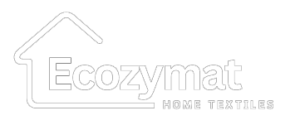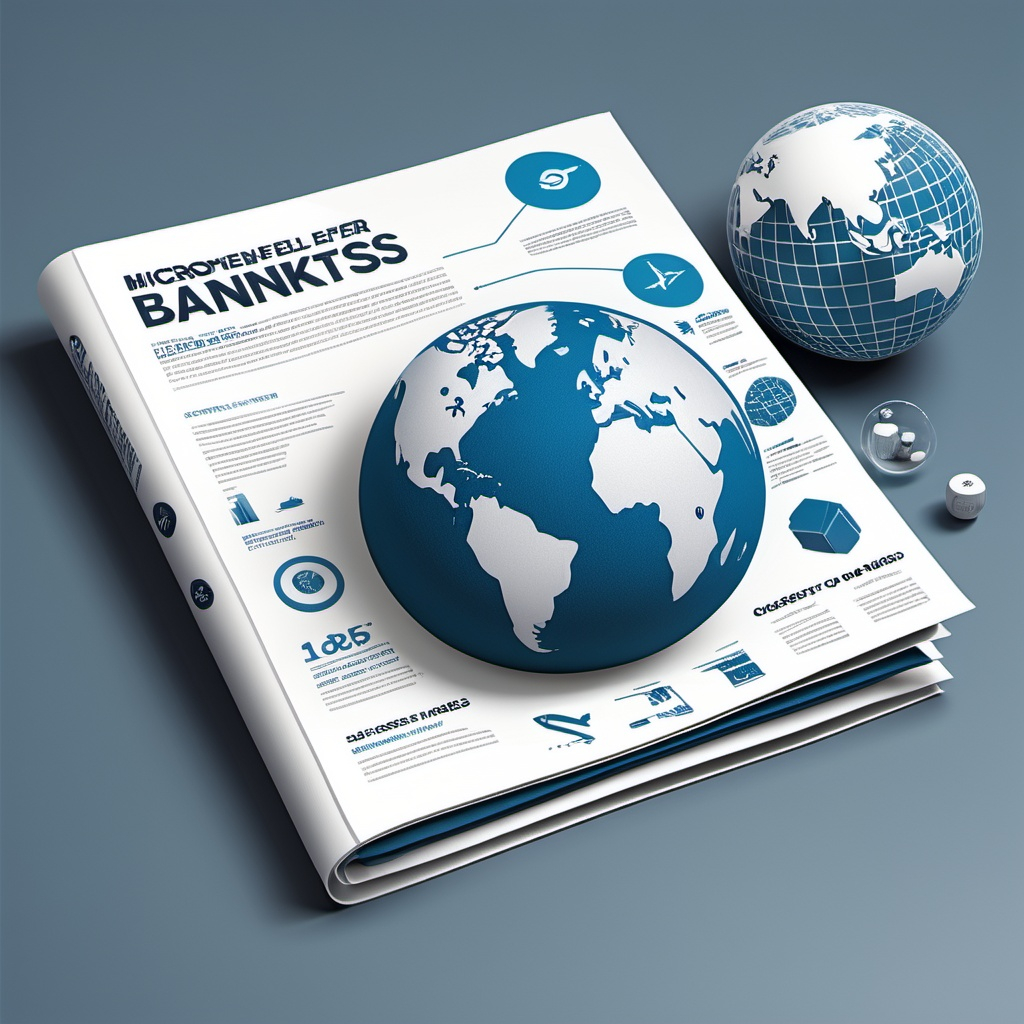

The global microfiber blanket market is projected to reach $15.8 billion by 2025, driven by rising demand from hospitality, healthcare, and e-commerce sectors. For wholesalers, importers, and Amazon sellers, microfiber blankets offer unmatched cost efficiency, durability, and alignment with sustainability mandates. This guide provides actionable insights into 2025 market dynamics, sourcing strategies, and innovations to help B2B buyers capitalize on this lucrative opportunity.
Microfiber blankets are 25–35% cheaper to produce than wool or cotton alternatives, with bulk orders (MOQs starting at 2,000 units) averaging $3–4 per unit globally. Their lightweight design reduces shipping costs by up to 20%, a critical advantage for businesses prioritizing margin optimization.
Hospitality Boom: Global hotel occupancy rates rebounded to 68% in 2024, driving demand for durable, easy-to-clean blankets.
E-Commerce Growth: Online home textile sales grew by 12% YoY, with microfiber blankets ranking among Amazon’s top-selling bedding products.
Sustainability Mandates: 72% of EU and North American buyers prioritize eco-friendly textiles, boosting recycled microfiber orders.
Hypoallergenic & Antimicrobial: Certified by OEKO-TEX® for safety in healthcare and hospitality sectors.
Quick-Drying & Stain-Resistant: Lowers maintenance costs for commercial clients.
Customization: Available in GSM weights (150–400), sizes (twin to king), and designs (minimalist to bold patterns).
North America: Holds 38% market share, driven by eco-conscious consumers and hospitality demand.
Europe: Premium sustainable blankets thrive due to “hygge” lifestyles and strict EU regulations.
Asia-Pacific: Leads production with a 7.2% CAGR, supported by advanced manufacturing infrastructure.
Temperature-Regulating Fabrics: Brands like Buffy integrate app-controlled heating for tech-savvy markets.
Travel-Friendly Designs: Compact, moisture-wicking blankets for airlines and outdoor retailers.
Recycled Microfiber: 65% of top suppliers now use 100% post-consumer PET bottles (e.g., Boll & Branch and Urbanara).
Biodegradable Options: Tencel and hemp blends gain traction in Europe.
MOQ & Pricing: Prioritize suppliers with OEKO-TEX® or GRS certifications, offering MOQs of 2,000–5,000 units at $3–4/unit.
Supplier Vetting: Ensure compliance with ISO 9001 or BSCI standards for quality and ethical practices.
Private Labeling: Add logos or exclusive designs for Amazon listings (e.g., Sunday Citizen’s direct-to-consumer strategy).
Material Blends: Combine microfiber with bamboo or organic cotton for premium pricing (+15–20% margins).
Consolidated Shipping: Save 15–20% on freight costs for large orders.
Diversified Sourcing: Mitigate risks by partnering with suppliers across multiple regions (e.g., Southeast Asia and Eastern Europe).
Boll & Branch: Increased imports by 80% by targeting budget-conscious households with sub-$10 throws.
Pendleton Woolen Mills: Scaled antimicrobial blanket orders by 90% for healthcare applications.
Microfiber Pollution: Invest in biodegradable alternatives to comply with EU regulations.
Supply Chain Disruptions: Diversify suppliers and adopt fixed-price contracts to hedge against raw material volatility.
The 2025 microfiber blanket market offers 20–25% gross margins for B2B buyers leveraging sustainability, smart technology, and regional demand shifts. By partnering with certified suppliers (e.g., Faribault Woolen Mill and L.L.Bean) and optimizing logistics, wholesalers can dominate this $15.8 billion industry.
We will contact you within 1 working day, please pay attention to the email with the suffix “@ecozymat.com”.